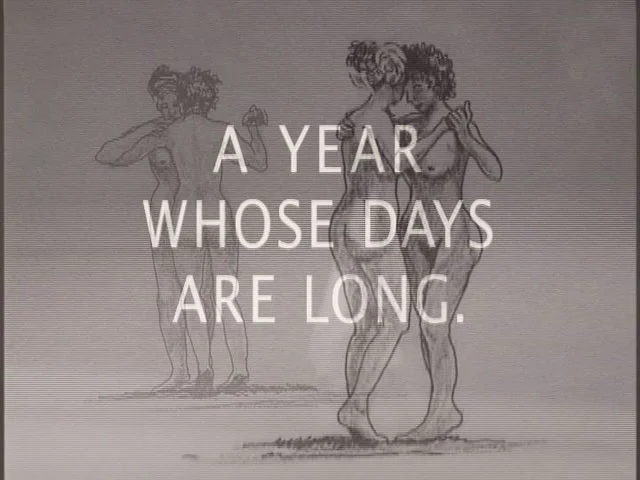
EVERY WANDERING CLOUD
Every Wandering Cloud interweaves text from Oscar Wilde’s The Ballad of Reading Gaol with hand-drawn animation derived from Eadweard Muybridge’s Human and Animal Location. A meditation on themes of freedom and imprisonment, the film juxtaposes archival and contemporary imagery, including documentary footage and my original super-8 and digital video.
By combining images from both past and present, Every Wandering Cloud creates an imaginary dialogue between the worlds of the late 19th / early 20th centuries and today. In his deceptively simple ballad, Wilde explored the profound personal and social consequences of being a prisoner. Every Wandering Cloud premiered at MoMA in January 2005, part of the PREMIERES series that marked the museum’s re-opening in Manhattan.
“Wilde was arrested for homosexual offenses in 1895, having lost a libel suit against his lover’s father, the Marquess of Queensberry. He was tried at the Old Bailey, found guilty of the charges, and sentenced to two years imprisonment with hard labor. In 1897 he was released from Reading Gaol and went to France where he died three years later. The Ballad of Reading Gaol is his major artistic fruit during this dismal period and belongs to a literary genre of particular importance in Ireland.
The choice of the ballad form is unusual for Wilde, but curiously apt for his purposes. For one thing, a ballad is a popular literary form, as befits a poem which takes sides with the common people against their judges and rulers. It has a simple, direct centrality of feeling about it, which contrasts sharply with the clinical detachment of much of Wilde’s other writing. Finally, the ballad, for all its emotional force, is essential a collective form, which avoids lyrical subjectivism to distil a kind of impersonal wisdom.”*
*Introduction by Terry Eagleton, Plays Prose Writings and Poems, Oscar Wilde

